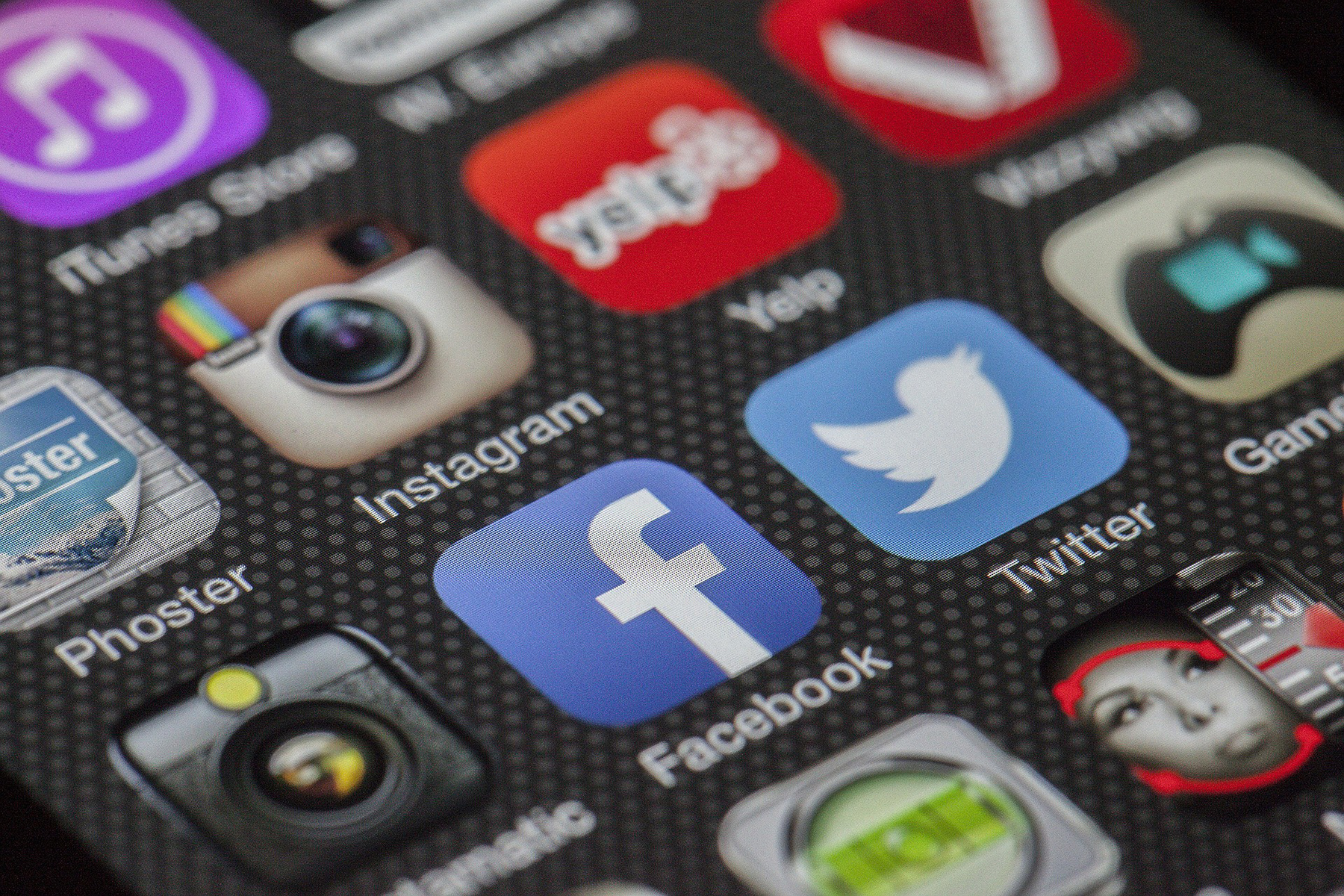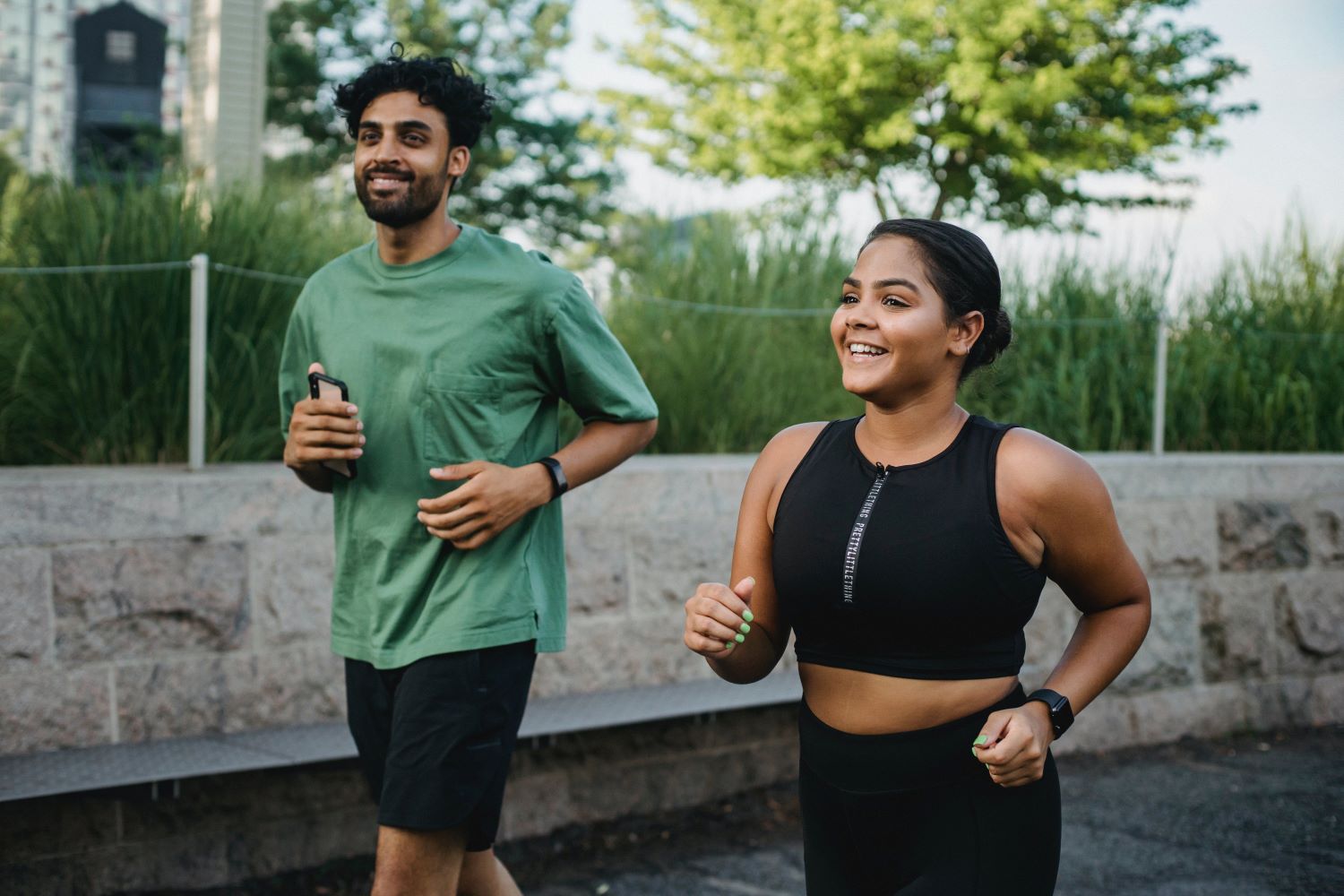Opinion | Wednesday, 7th June 2017
Youth, social media and the election #GE2017
Dr Bex Lewis examines the use of social media in the election campaign

For the 2015 election Dr Bex Lewis, Senior Lecturer in Digital Marketing, examined the role played by social media in the election and considered its influence on younger voters, specifically those within the 18-24 bracket. With the General Election of 2017 tomorrow, she returns to the topic and considers whether much has changed.
Do 18-24 year olds vote?
In 2016, the ‘Brexit’ campaign and the election of Donald Trump both seemed to bring a strong response from young people, particularly on social networks. For the 2017 election, the youth vote is seen as critical, as younger voters seem more inclined to vote for parties other than the Conservatives, particularly Labour. A Kantar Public survey published at the beginning of May 2017 indicated that 57% of those in the 18-24 age-group did not expect to vote in the upcoming general election. The First Past the Post system is seen by many younger voters as non-representative.
Get 18-24 year olds voting
Key for this election has been a determination to get young people voting. In May 2017, The Electoral Commission launched a Snapchat filter to encourage younger voters. 71% of Snapchat users are under 34 and 88% of 18-29 year olds are also on Facebook. Various tactics were used, including the BBC providing a countdown clock to 23:59 on 22 May, emphasising how quick and easy it was.
It was noted that for the current election, 36% of Labour’s Facebook and Twitter posts were encouraging voter registration, whilst the Conservative Party posted a single message encouraging overseas voter signup. Throughout the signup process, around 40% of the daily votes were 18-24 year olds signing up, with over 450,000 signing up on the final day, four times the number of the previous election.
Encouraging engagement amongst younger voters
One of the most notable tactics used, whether officially, or in their own capacity, is ‘influencer marketing’, in which influential people who have a relationship with your target segment, speak directly to their audience on behalf of your ‘product’, or in this case, the process of voting. TV comedy writer Armando Ianucci was one of the first to encourage young people to vote. One that our students always talk about is Zoella and she tweeted to encourage voting too.
As indicated in my book, Raising Children in a Digital Age, although children aren’t ‘digital natives’ who are ‘fundamentally different from us’, they have grown up in a time when the digital is an embedded part of their everyday life. Some students have queried why they are unable to vote using their mobile phones – if they are able to undertake mobile banking online, then why not voting?
Russell Brand, so key in the 2015 election, created a video for Radio X, appealing to his ‘fellow students’ to sign up to vote, demonstrating how easy it was to do it via his mobile phone. Another key figure who appeals to many is Jonathan Pie, a fictitious character created by a comedian in September 2015, who rants about the state of politics ‘off-camera’, in eminently shareable 2-3 minute videos. He became known after Jeremy Corbyn was elected leader, and went truly viral after Trump’s victory, with some unable to recognise that he wasn’t a true political pundit. Influencers and ‘viral content’ are key in youth culture, and need to be understood and used well by parties.
Party Tactics
In 2016, the Design Commission published a report, arguing that social media networks, such as Facebook and Twitter, can dramatically reduce the perceived ‘barrier’ between the electorate and political decision-makers. The 2008 election of Barack Obama was seen as the first in which social media was truly used, and the extensive use of social media in the 2014 Scottish Referendum was seen as significant. In 2017, however, party political strategists are still getting to grips with how to hit the right tone on certain platforms.
The Conservative Party appears to have spent its money less visibly, but more tactically. In 2015 they spent £1.2million on Facebook advertising, whilst the Labour Party spent only £16,000 (both UKIP and the Liberal Democrats spent more), and the tactic looks set to be repeated (by both major parties this time) for 2017. The Conservatives have been accused of using ‘dark tactics’, including seeking to drown out adverts encouraging young people to vote on Facebook, whilst on Google, a search for rival political parties can bring up a paid Google ad for the Conservatives.
Media opportunities are being managed through seeking to influence what social media says. Emails received from the Conservative Party around, for example, the #BattleforNumber10 debate, gave specific ‘on message’ tweets to share – good for algorithms, lacking authenticity for many younger voters, but potentially fitting with the notion of what is ‘statesmanlike’ for many older voters. The interaction between ‘live’ TV debates and social media is key, with Tim Farron winning for his ‘punchline’ in calling out Theresa May for non-attendance at public debates. Like all parties, they are issuing more bitesize chunks from these mainstream events.
Specific social media utilisation
Candidates report that they are receiving high volumes of emails, many automated and focused on single issues such as ‘what is your opinion on e.g. fox hunting?’, to which parties such as the Greens have had to create automated responses as many of candidates still have full-time jobs. The Liberal Democrats make active use of closed groups such as Lib Dem Newbies UK, to help grassroots members understand party politics. No party appears to be using Snapchat in the way that the French election did, although Jeremy Corbyn was the first political leader on Snapchat. Theresa May undertook a Facebook Live event, although famously, Jeremy Corbyn asked a question which she looked very uncomfortable with. The use of private peer-to-peer networks such as WhatsApp by the younger demographic is also one that would be worth investigation, although this occurs out of the public eye.
Watching young people making voting decisions
Social media is essentially a space in which relationships bloom and the peer-to-peer sharing of particular material is key, although there are concerns about the reduction of many complex issues to short and ‘tweetable’ soundbites. FES London undertook analysis of the headlines used (key in a decision to click/share) on the various newspapers within the EU Referendum: Guardian, Telegraph and Mail Online, after the BBC news website, were most read, with Huffington Post and Buzzfeed increasingly offering serious insights alongside more light-hearted content and Buzzfeed particular used by younger voters.
There are worries about confirmation bias, in which posters think their message is gaining an effective reach, but in fact is only reaching those within the filter bubble, a group who already largely agree with each other.
Amongst all the concerns about ‘fake news’ (as if news was ever delivered without ‘bias’), as verification processes are called for and developed, users have to remember that a social network is a delivery system, not a content producer.
Ultimately, social media is unlikely to win an election for a political party, but needs to be taken seriously by all of them, supporting and echoing more traditional methods of electioneering, whilst recognising that the tone of social media is relational, rather than wider digital marketing, which can be more tactical. Social media is a long-term medium (although stories can of course go viral quickly), so it can be difficult for it to work within the short timeframe of a snap election. For many, what is shared online still feels inauthentic, although parties are producing more findable and shareable content. Tomorrow we will see how far the votes have shifted.




